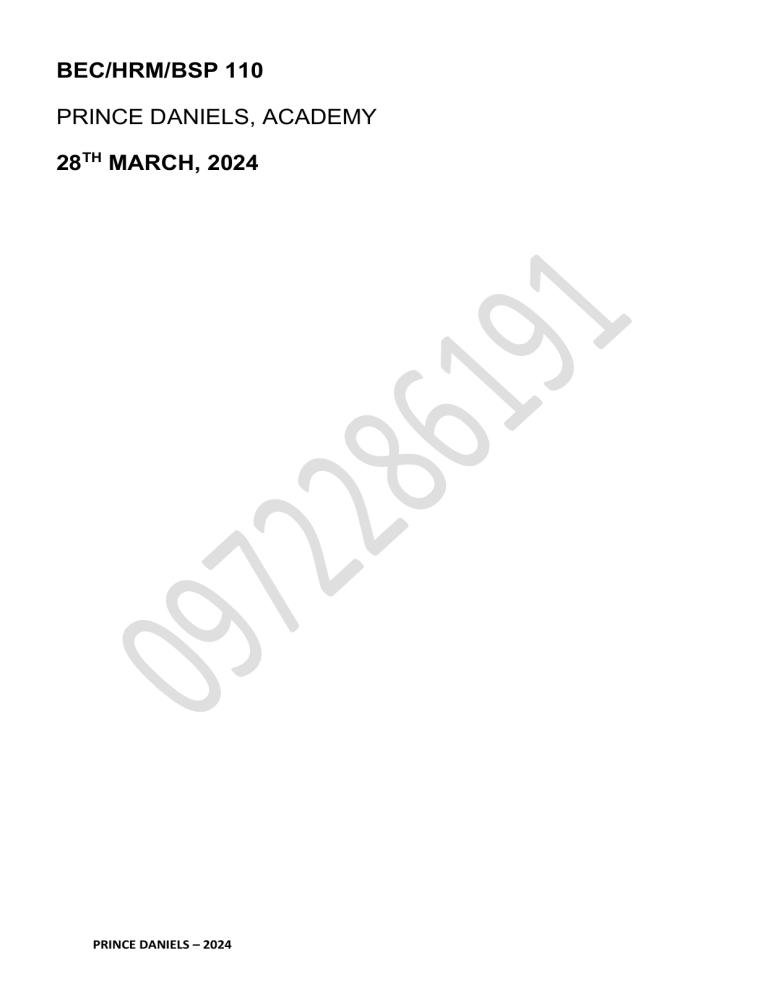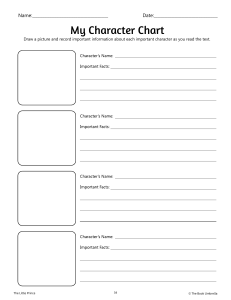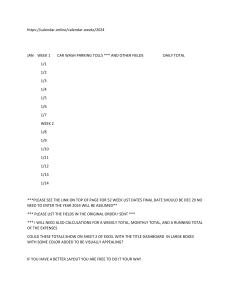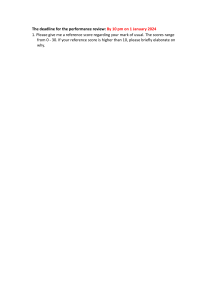
BEC/HRM/BSP 110 PRINCE DANIELS, ACADEMY 28TH MARCH, 2024 PRINCE DANIELS – 2024 QUESTION ONE The Kitwe Metro Cinemas are trying to determine the optimal price for their film tickets. Demand data provided by their consultants, Phiri & Co. is shown below. Price Quantity demanded K 5,000 800 K10,000 600 K15,000 400 K20,000 200 (a) If the cinema hall has a seating capacity of 800 seats, how much money should Kitwe Metro Cinemas expect to make at a price of K10,000 per ticket? (b) How much money will they make if they want to ensure that all seats are taken so that there is neither a surplus nor a shortage? (c) The Cinema is planning to buy a newly released blockbuster that will cause the quantity of tickets demanded at price to double. What will the new equilibrium price be? (d) At what price should the new film be set for the Cinema to maximize revenue? PRINCE DANIELS – 2024 QUESTION TWO Consider the following information about the business activities of two perfectly competitive firms in different industries, Firm A and Firm B. Each firm has an upward slopping marginal cost curve. Firm A: Output = 5,000 units Total variable cost = K2,500,000 Price = K1,000 Total fixed cost = K2,000,000 Marginal cost = K1,200 Firm B: Output = 5,000 units Average total cost (at their minimum level) = K1,000 Price = K1,200 Give your answers for each firm. (a) Are these firms making profits? (b) If so how much? (c) Are these firms making maximum profits? (d) Should these firms produce more, less, or the same output? Explain. PRINCE DANIELS – 2024 QUESTION THREE In a competitive market with no government intervention the equilibrium price of bananas is K2,000 per kilogram and the equilibrium quantity is 10,000 kilograms. Explain, and illustrate by drawing the appropriate diagrams, what the effect of each of the following forms of government intervention will be on the market for bananas: a) The government imposes an excise tax of K500 per kilogram. Type equation here. b) The government pays a subsidy of K1,000 per kilogram produced. c) The government sets a price floor of K2,500 per kilogram. d) The government sets a price ceiling of K1,500 per kilogram. e) The government sets a production quota, allowing only 6,000 kilograms to be produced. QUESTION FOUR Suppose a consumer has a budget for fast-food items of K20 per week and spends this money on two goods, hamburgers and pizzas. Suppose hamburgers cost K5 each PRINCE DANIELS – 2024 and pizzas cost K10. Put the quantity of hamburgers purchased per week on the horizontal axis and the quantity of pizzas purchased per week on the vertical axis. a) Draw the budget line. What is its slope? b) Suppose the consumer in part (a) is indifferent among the combinations of hamburgers and pizzas shown. In the grid you used to draw the budget lines, draw an indifference curve passing through the combinations shown, and label the corresponding points A, B, and C. Label this curve IC. Combination Hamburgers/week Pizzas/week A 5 0 B 3 0.5 C 0 3 c) Is the budget line tangent to indifference curve IC at any point? Explain the meaning of this tangency. PRINCE DANIELS – 2024






